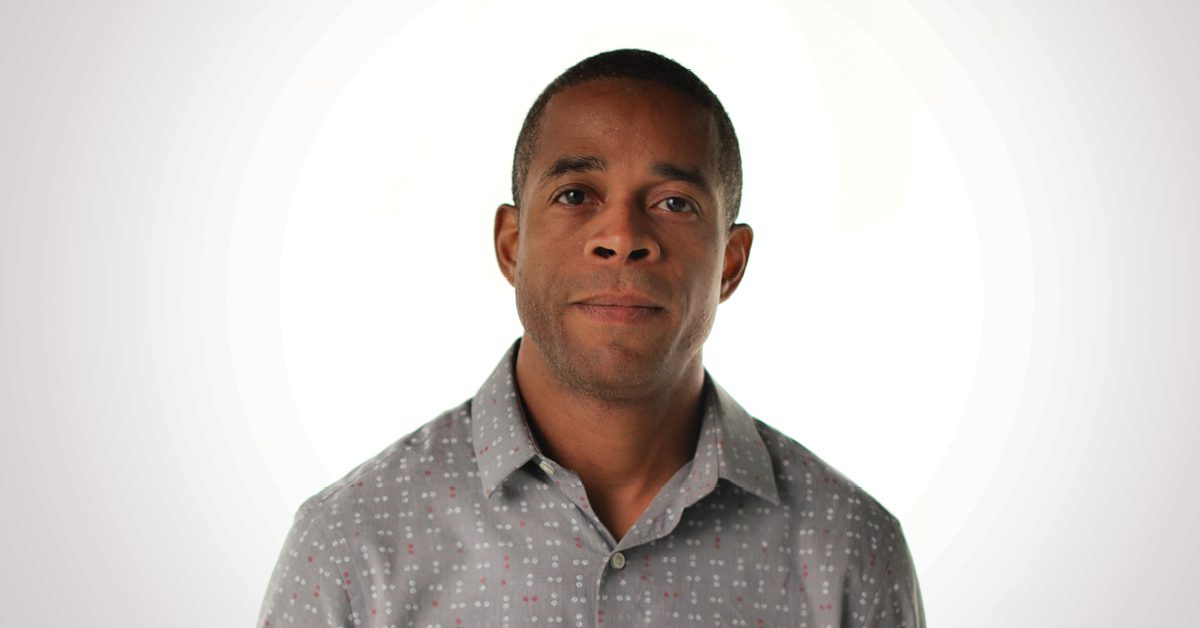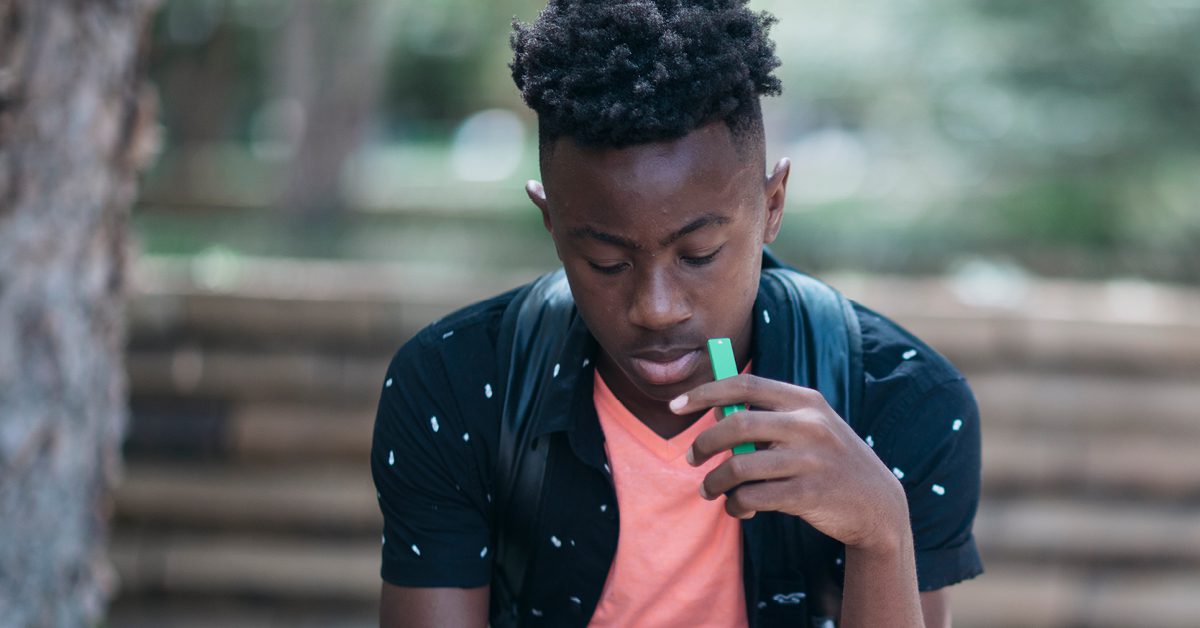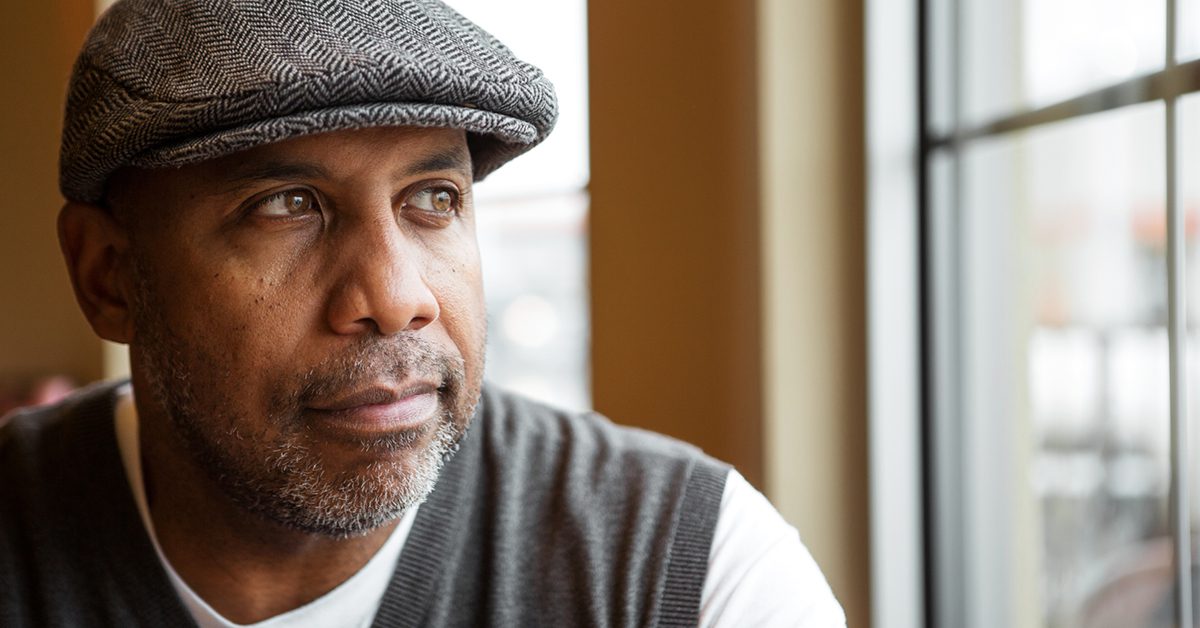About 70 years ago, Big Tobacco executives moved to exploit a new demographic: Black Americans. In 1955, tobacco company Liggett & Myers began advertising in Black American magazines such as Ebony and Our World. The effectiveness of these ads led the industry to aggressively pursue this new market. Soon, storefronts across Black American neighborhoods became crowded with advertisements featuring endorsements from prominent Black American athletes.
Liggett & Myers then went a step further. They produced a series of films featuring the achievements of Black Americans — with plenty of product placement — and showed the films at colleges and theaters across the country. This effort reached an estimated 3 million people — mostly Black Americans.
The blueprint was set: Exploit Black American imagery and culture to reflect the “Black experience” and blanket Black neighborhoods with ads. This basic strategy hasn’t changed. Let’s look at a few more ways Big Tobacco targets Black Americans.
Menthol & Specialized Brands
Today, nearly 80% of Black Americans who smoke use menthol cigarettes. This flavor, first promoted in the 1920s, effectively masks the harsh bitterness of nicotine. It makes starting easier and quitting much harder. Adding menthol to cigarettes gives smokers a cooling sensation as they inhale, which stimulates pleasure centers in the brain. Think of it like a secondary buzz — totally independent of the nicotine high. Tobacco companies used it to smooth out the taste, even in non-menthol labeled cigarettes.
Big Tobacco knows how difficult menthol is to quit. They took this devious formula and created specialized brands like Newport and Kool to give Black American customers a feeling of exclusivity and independence. These brands? They’re still around. You can spot their ads at just about any convenience store. On average, people in Black American neighborhoods see 2.6 times as much tobacco advertising as residents of other areas. Kids grow up with brands like Newport and Kool deeply ingrained in their community.
A New Epidemic: From Cigarettes to Vapes
Even though tobacco use among teens is declining nationwide, Big Tobacco is busy peddling vapes to Black American kids. In February 2020, the FDA implemented a flavor ban on vape products in an attempt to stall the epidemic. However, menthol was left off the list and is still for sale. This leaves young Black Americans exposed to Big Tobacco’s targeting.
Marginalized & Targeted
While it’s true Big Tobacco markets to people from many races and backgrounds, the intentional targeting of Black Americans is especially sinister. On average, these communities are less affluent with less access to quality health care. Tobacco executives know this, but continue to target Black neighborhoods. Morality and decency never get in the way of Big Tobacco’s profits.
Tobacco Stops With Me
The destruction that Big Tobacco has caused to Black American families and neighborhoods is incalculable. However, understanding how — and why — Black communities are relentlessly targeted is critical in the fight to stop it.
The battle to end Big Tobacco’s deadly marketing tactics? It’s just getting started. How can you help? Get active! In this fight, power starts with knowledge. Sign up for the Tobacco Stops With Me Newsletter to stay updated on the latest in tobacco news and legislation.



